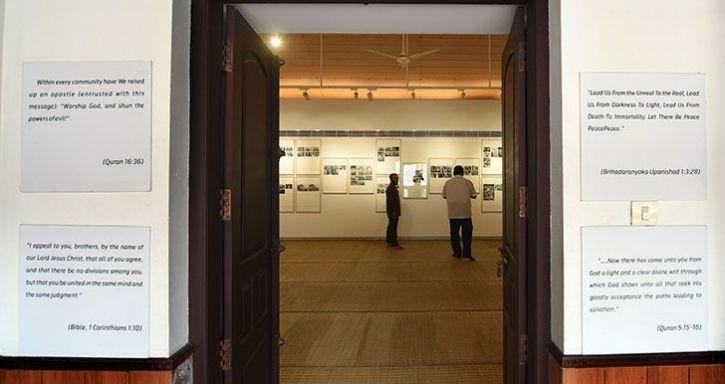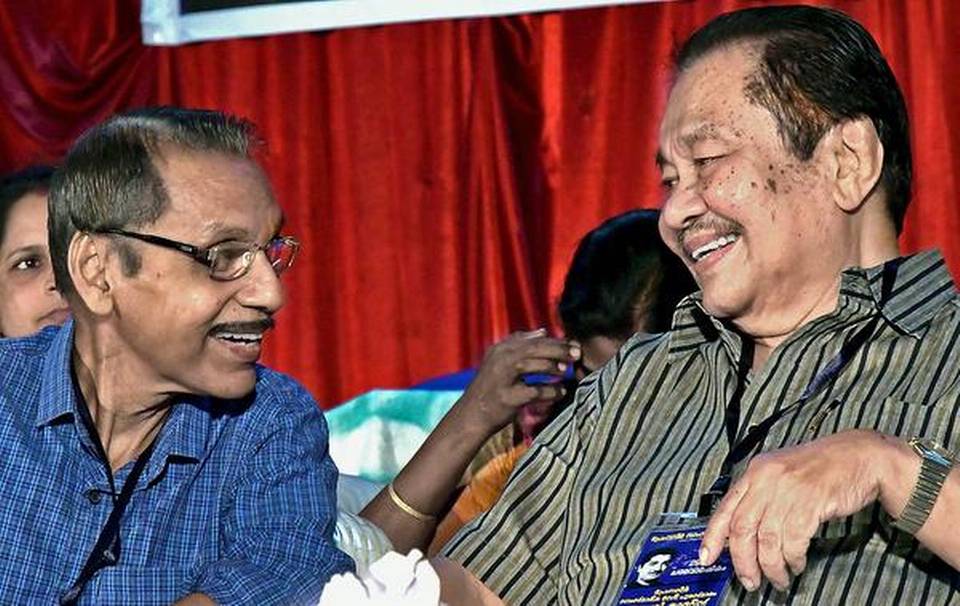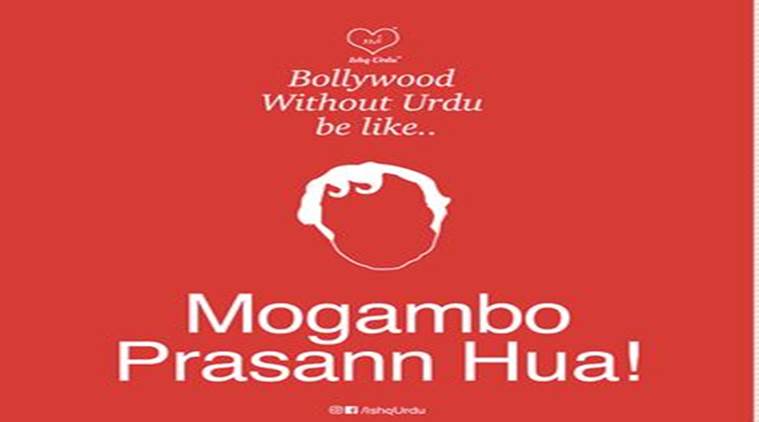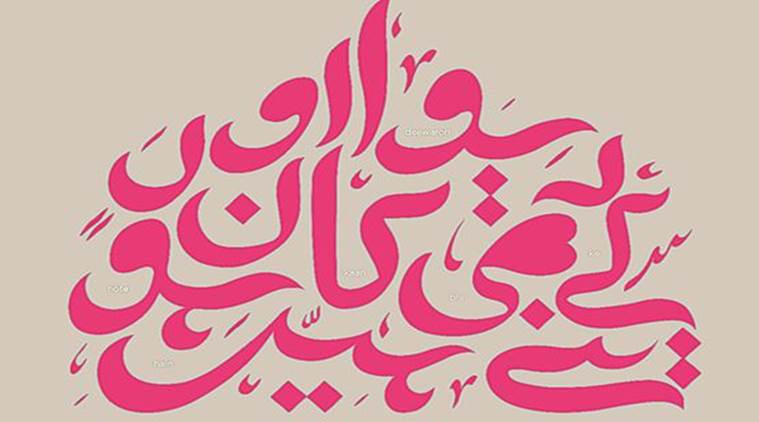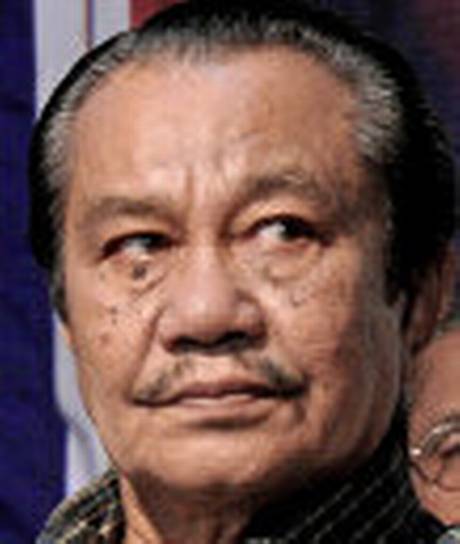Fort Kochi, KERALA :
For the past 10 months, the faithful offering jumu’ah (Friday afternoon prayer) at Masjid-ul Islam in a lane opposite the RDO office in Fort Kochi have been doing so in a hybrid space — for, inside the mosque is a modern art gallery which was opened in April last year.
On Fridays, when it is prayer time, white curtains are hung from discreet hooks covering the art works; currently on show is a photo documentation of 42 communities found in the 5.5 sq km area of Mattancherry and Fort Kochi.
“The only reason why we are covering them during prayers is to ensure that people are not distracted,” says K A Mohammed Ashraf, chairman of the mosque committee, a businessman who set up the place of worship with his own funds four years ago.
Kerala mosque welcomes all, irrespective of faith & gender
The mosque has a board welcoming all, irrespective of faith and gender, and celebrates the diversity of religion with citations from revered spiritual texts. “We want to be inclusive. We don’t have restrictions on the type of dress one should wear,” Ashraf says, adding that the gallery, close to biennale venue, is visited by lot of foreigners.
As one climbs the marble-paved, narrow flight of stairs to the Islamic Heritage Centre (IHC) art gallery on the second floor of the building, two quotes welcome you: a sukta from the Rigveda on the right and a verse from the Quran on the left, epitomising the shared destinies of both religions. The balcony space has several other quotes that build on the syncretic tradition.
On one side of the art gallery, neatly-labelled wooden shelves showcase books ranging from religious texts to even novels and poetry. “This is not much but we are trying to source some rare books. A large reference library is also on the anvil,” says Ashraf, who also runs Masjidul Islam charitable trust.
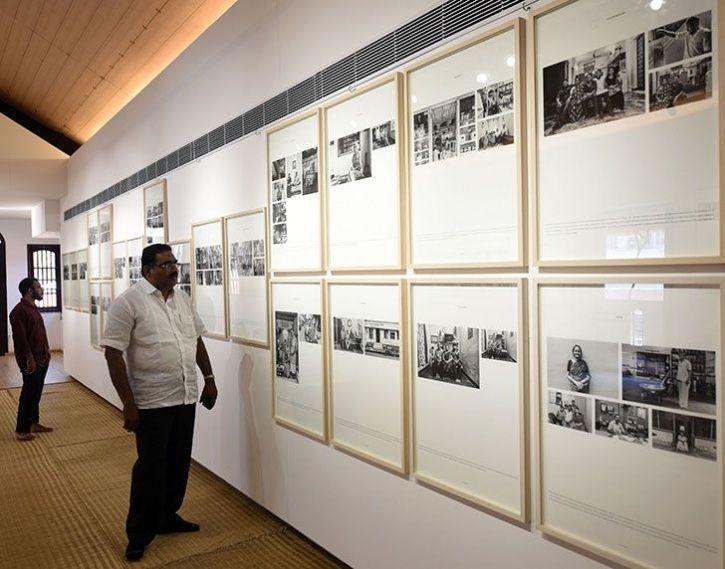
The IHC and the gallery is a joint initiative of the trust and Forum for Faith and Fraternity (3F) who are fascinated by the golden age of Islam between AD 8 and AD 14, when mosques were centres of learning and art and science flourished.
“We want people to understand the principles of pluralism, cultural diversity and the importance of upholding these traits in the contemporary world,” says Ashraf who feels this is the only mosque in India which houses an art gallery.
C H Abdul Rahim, chairman, 3F, describes their organisation as a small group of professionals working silently to promote cultural diversity through study of different religions.
“It is a myth that Islam is antithetical to art. It has always promoted art and music and historically mosques were seats of learning,” said Rahim, former executive director of KIMS and a chartered accountant.
The show Transcendence by Biju Ibrahim is emblematic of this vision of plurality. From Lohanas, who are followers of Jhulelal, to Dhakni Muslims and 24 Telugu Manai Chettiars, Biju’s photographs capture vibrant communities in all their diversity.
“I don’t think there is any place in the world that houses so much diversity within such a small geographic space,” says Biju, who began working on the project in 2017 as a resident of Uru Art Harbour.
Most of these community members have strived to preserve their language and culture within their home but share a common identity when they step out of the four walls. “The show began in April but once the biennale kicked off I added five more panels to the exhibition,” he says. His show will be on till end of March.
Originally Published In The Times Of India
source: http://www.indiatimes.com / India Times / Home> News> India / by Binu Karunakaran / TNN / January 14th, 2019
